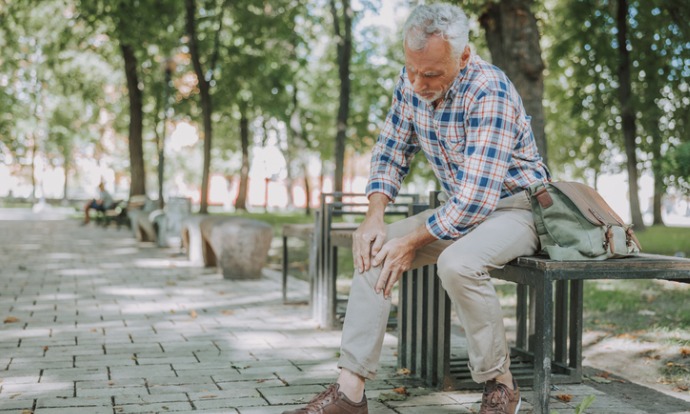
What Does Pain Behind the Knee Mean?
If you’re experiencing pain behind the knee, you’re not alone. Knee pain is one of the most common complaints in active adults. The knee is a complex joint made up of bones, cartilage, ligaments and tendons that are prone to straining or tearing. Knee pain can be caused from something as simple as a tendon strain or as complex as a chronic condition, such as arthritis.
Here are five reasons why you might be experiencing pain behind your knee:
Leg cramps
Leg cramps are a common and usually harmless condition where the muscles tighten up. Muscles in the calves are most likely to cramp, but other leg muscles can cramp as well, including the muscles near the knee.
Leg cramps can occur for no apparent reason, known as idiopathic leg cramps. They can also occur as a symptom or complication of a health condition, known as secondary leg cramps. Causes of secondary leg cramps include:
- Pregnancy
- Exercise
- Certain types of medication
- Liver disease
Jumper’s knee
Jumper’s knee, also known as patellar tendonitis, is an injury to the tendon, the cord that connects the kneecap to the shinbone. Jumper’s knee is caused by overuse of the knee joint, such as frequent jumping when playing sports like basketball or volleyball. The constant jumping and changing direction can cause tiny tears in the tendon. Eventually, the tendon swells up and weakens.
Common symptoms of jumper’s knee include:
- Pain and tenderness around the patellar tendon
- Swelling
- Pain with jumping, running or walking
- Pain when bending or straightening the leg
- Tenderness behind the lower part of the kneecap
Baker’s cyst
A Baker’s cyst is a fluid-filled sac that forms in the posterior aspect of the knee. Usually, synovial fluid acts as a lubricant for the knee joint. However, when too much synovial fluid is produced, it can build up and form a cyst. Baker’s cysts can be caused by arthritis or a knee injury, and symptoms often include pain, swelling, and stiffness.
Osteoarthritis
Osteoarthritis is the most common form of arthritis that is caused by the gradual damage or breakdown of joint cartilage that is between bones, resulting in bone rubbing on bone. Knee osteoarthritis can make it hard to do many everyday activities, such as walking or climbing stairs. However, you can manage arthritis pain with exercise, pain medications, and injections.
Anterior cruciate ligament (ACL) injury
A very common knee injury is an anterior cruciate ligament sprain or tear. The ACL is a band of tissue that runs through the front of the knee joint and connects the thigh bone to the shinbone. This helps stabilize and provide movement to your knee.
Athletes that participate in sports that require them to slow down, stop or change direction suddenly are more likely to injure their ACL. You can also strain or tear this ligament if you land a jump or fall the wrong way, or get hit in a contact sport, such as football or rugby.
Conservative Care Options
Most minor knee injuries can be treated at home. If you are experiencing acute knee pain, try the following conservative care methods to find pain relief.
- RICE method (Rest, ice, compression, elevation)
- Rest the knee until it heals
- Take over-the-counter non-steroidal anti-inflammatory drugs (NSAIDs)
- Use crutches to take weight off the knee
- Wear a compression bandage to support the knee
Contact us
At Rejuvinix, our doctors specialize in non-surgical therapies for joint pain. If you’re experiencing chronic knee pain, schedule your no-cost consultation to learn more about our minimally-invasive treatments.
